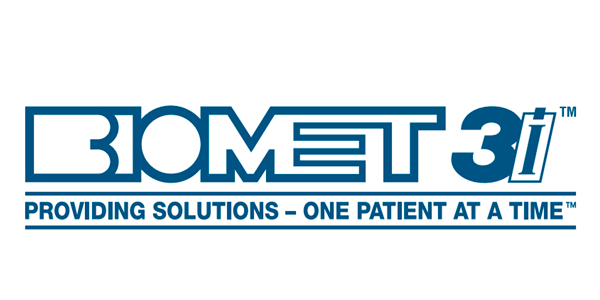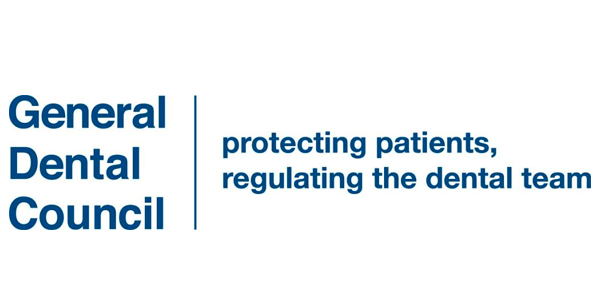What is TMJ?
The jaw is also known as the TMJ or Temporomandibular Joint. It can be painful as the result of injury, inflammatory disease, poor postures and habits or growth disorders. The TMJ is made up of several parts: the lower jaw (or mandible) and the socket (or temporal bone). In between the mandible and the socket is a disc. The disc allows the joint to glide smoothly on opening and closing. The joint is also held in place by muscles and ligaments.
What are the signs and symptoms of TMJ dysfunction?
- Pain in the jaw joints and facial muscles
- Clicking, grinding or locking of the jaw
- Headaches & Dizziness
- Difficulty opening or closing the mouth comfortably
- Pain on talking, chewing (especially hard food) & yawning
- Ear pain, ringing in the ears (tinnitus)
What can I do to help the pain from TMJ?
- Apply heat or ice for 15-20 minutes on the area of pain
- Painkillers
- Massage the joint and surrounding muscles DO:
- Be aware when you are clenching or grinding your teeth.
- Change to a soft food diet and avoid hard and chewy foods.
- Cut tough food into small pieces
Things to avoid;
- Excessive chewing (e.g. Nails, gum, pen tops & your cheek). This stops the jaw from having a rest.
- Excessive mouth opening (e.g. Yawning).
- Resting your jaw in your hand or holding your telephone to your ear using just your shoulders.
- Sleeping face down, as this puts a strain on the neck. Bad posture in sitting or lying causes prolonged over-stretching of the ligaments and surrounding tissues including those of the jaw. By learning to keep a good posture, it is possible to prevent or relieve your neck and jaw pain.
Your dentist may advise the use of a mouth guard to be worn at night. This will take the pressure off your teeth and prevent from damage if clenching and grinding while you sleep.
Exercises that may help
Resting exercises
- To perform a resisted opening exercise, put one of your thumbs under your chin and gently push downward against it. As you push your thumb, slowly open your mouth, keeping it open for a few seconds before slowly closing it.
- To perform a resisted closing exercise, keep your thumb under your chin and place your index finger from the same hand on the ridge between your chin and lower lip. Push gently as you close your mouth.
Stretching exercises
- Start with your mouth closed and your jaw as relaxed as possible. With your teeth slightly apart, slowly open your mouth as wide as you can while looking up with your eyes. Hold your mouth open for a few seconds, then slowly close it.
- Once your mouth is closed again, move your jaw to the left side while looking to your right with your eyes (don’t turn your neck or head). Hold this position for a few seconds, the move back to the center. Repeat the stretch, moving your jaw to the right side while looking to your left.
Relaxation exercises
Exercises that help you relax can also help to relieve TMJ pain – especially if it’s stress-related. If you are feeling tense, try inhaling for a count of five or 10, then slowly exhaling. Although not a form of exercise, learning how to reduce the amount of stress in your life can go a long way toward easing any TMJ-related discomfort that develops as a result.






